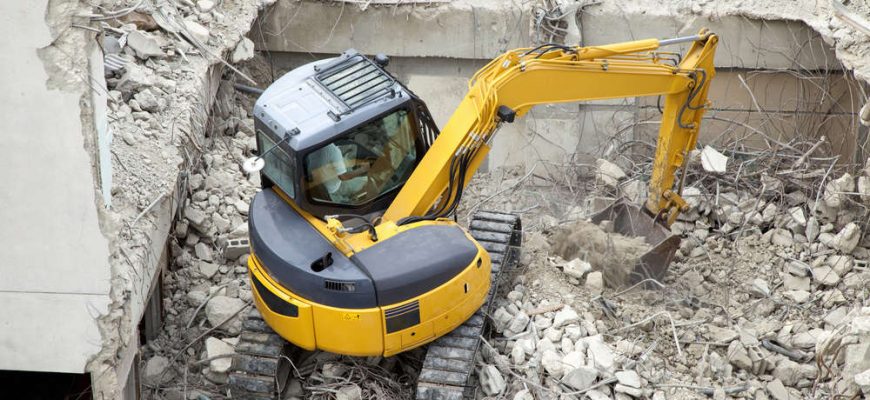
Every construction renovation starts with its opposite: demolition. The tearing down of old walls, roof-lines, and foundations many sound like a simple and straightforward task, even if it involves a lot of heavy lifting and effort.
Proper Disposal of Debris During Demolition
Whether you are remodeling a kitchen or bathroom, installing an addition, repairing damage after mold infestation, or renovating after a house fire, demolition is the first step in almost every construction project. Before the new can come in, the old must be taken out and hauled away.
No matter how small a repair project, there is almost always a need for taking out old sheetrock, replacing siding or roofing, removing hazardous materials like asbestos, or hauling away unwanted fixtures and appliances. Each of these materials has its own optimum procedure for proper recycling or disposal. There are also strict local laws and regulations governing the disposal and recycling of certain building materials, especially hazardous waste.
Removing demolition waste from a construction site can also be dangerous. Dust and falling debris must be secured with heavy tarps when transported demolition debris on trucks. Waste disposal bins delivered to job sites need to be placed where they are accessible to workers but protected from unauthorized use, accidents, and obstruction of parking areas and roadways.
Construction demolition also creates dust. Controlling this dust by sealing off work areas with plastic or using negative air pressure ventilation systems makes the demolition phase faster and cleaner. Nails and other fasteners dislodged during demolition are another hazard. Attention to sweeping the job site frequently and the use of magnetic sweeping equipment are part of how demolition experts control this problem.
Tri Span Environmental has the trained personnel, special equipment, and local knowledge for conducting safe and proper demolition on your building project.

